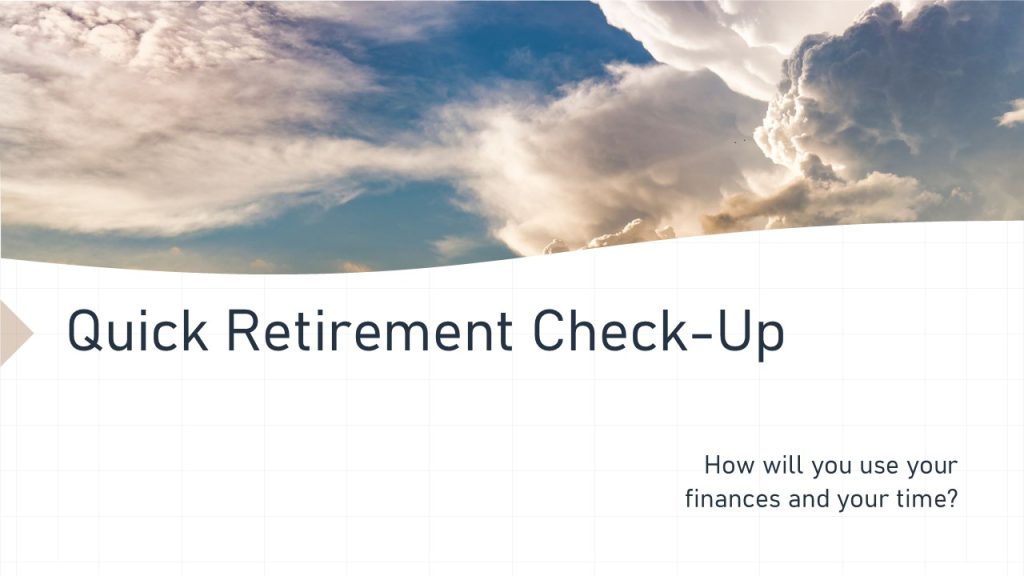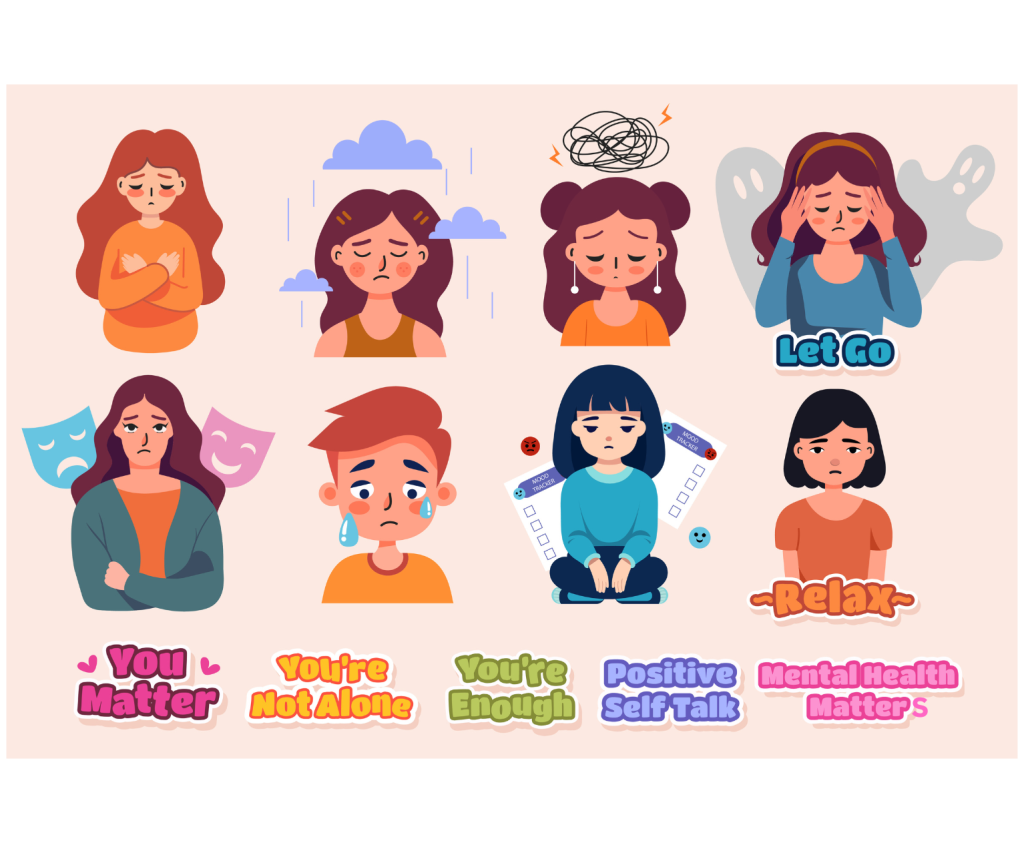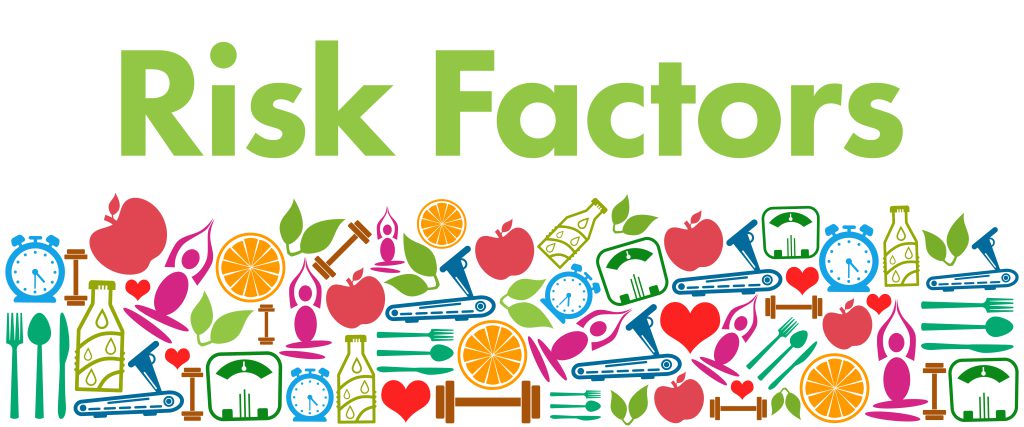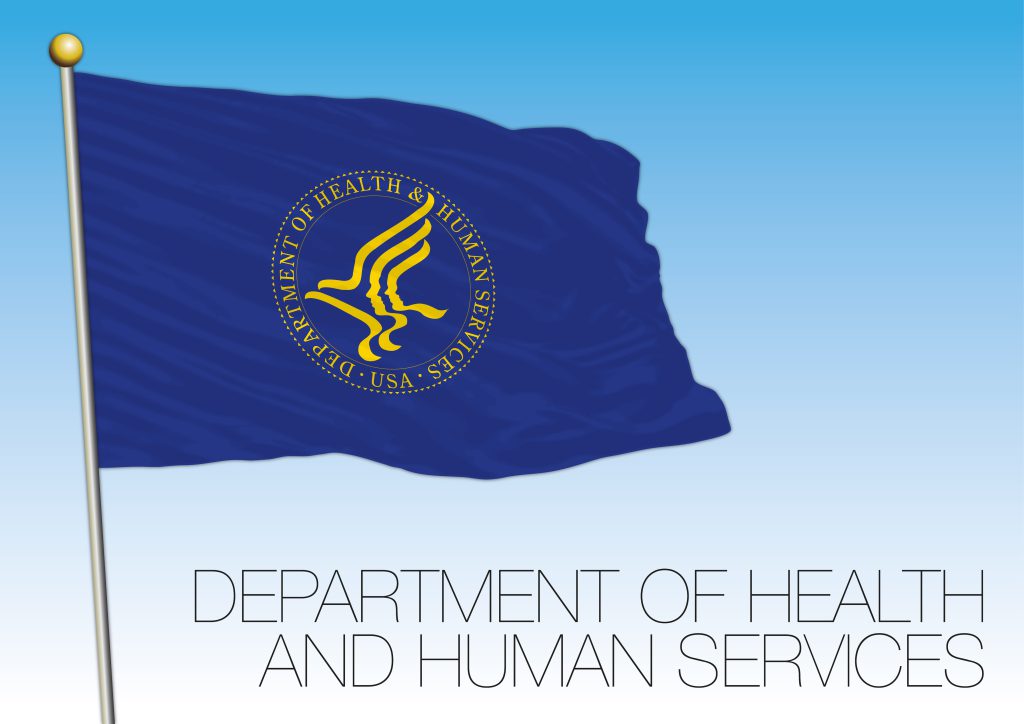As temperatures drop and winter weather settles over campus, safety becomes a shared responsibility. Snow, ice, and rapidly changing conditions can create hazards for students, faculty, and staff alike. By understanding common winter risks—and taking simple steps to prepare—we can reduce injuries, prevent accidents, and ensure our campus community remains safe and operational throughout the season.
Safe Winter Walking
One of the most common winter hazards is icy walkways. Even with timely snow removal and salting, surfaces can refreeze overnight or remain slick in shaded areas. The safest approach is to adopt a “walk like a penguin” strategy: keep your center of gravity over your feet, take short, deliberate steps, and keep your hands free for balance. Wearing appropriate footwear with good traction is also an essential preventive measure. If you identify untreated icy spots, report them promptly to Facilities so they can be addressed quickly.
Car Safety & Emergency Preparedness
For community members who commute, winter travel introduces an additional layer of risk. Preparing your vehicle for winter conditions can significantly improve safety. Basic recommendations include maintaining proper tire pressure, keeping the gas tank at least half full, and ensuring that windshield washer fluid is rated for freezing temperatures. Drivers should also keep a winter emergency kit in their car. Items such as blankets, a flashlight, a small shovel, ice scraper, booster cables, and non-perishable snacks can make a critical difference if stranded during severe weather. These precautions not only protect the driver but also reduce strain on local emergency services.
Recognizing Frostbite & Hypothermia
While many people limit their time outdoors in the winter, exposure to extreme cold still presents a risk. Knowing the early signs of frostbite and hypothermia can help prevent severe injury. Frostbite often begins with numbness, tingling, or pale, waxy skin—usually on extremities like fingers, toes, ears, and the nose. Hypothermia, which occurs when body temperature drops below 95°F (35°C), can present as shivering, confusion, slowed speech, or clumsiness. Anyone experiencing these symptoms should seek warmth immediately and, if necessary, request medical assistance. Quick recognition and response can prevent long-term damage.
Slip-and-Fall Prevention
Slip-and-fall injuries are one of the most frequent workplace and campus incidents during winter. These injuries not only impact the health and well-being of community members but also represent a significant liability risk for institutions. Prevention is a shared effort: Facilities works diligently to clear walkways, but individual choices matter too. Planning extra time to reach your destination, avoiding shortcuts through unmaintained areas, using handrails, and wearing appropriate footwear can reduce the likelihood of falls. Indoors, wiping shoes upon entry helps prevent wet floors that may cause slips.
A Campus-Wide Commitment
Winter safety requires awareness, preparation, and cooperation. By understanding risks and adopting simple preventive measures, we help ensure a safer environment for everyone on campus. As we move deeper into the season, your vigilance and proactive steps make a meaningful difference.
References
- Centers for Disease Control and Prevention. (2024). Cold stress: Prevention and treatment. https://www.cdc.gov/niosh/topics/coldstress/
- National Weather Service. (2023). Winter safety tips. https://www.weather.gov/safety/winter
- Occupational Safety and Health Administration. (2023). Winter weather: Plan, equip, train. U.S. Department of Labor. https://www.osha.gov/winter-weather
























